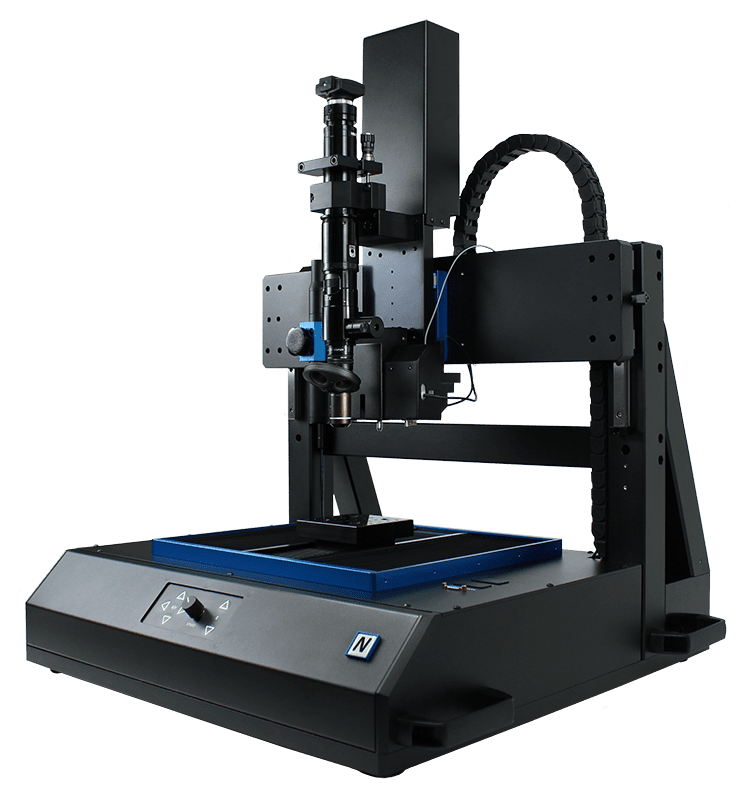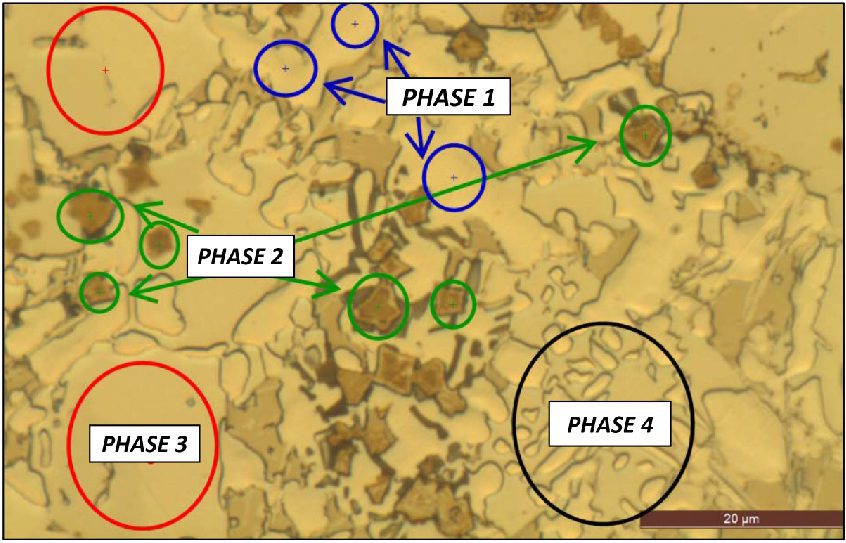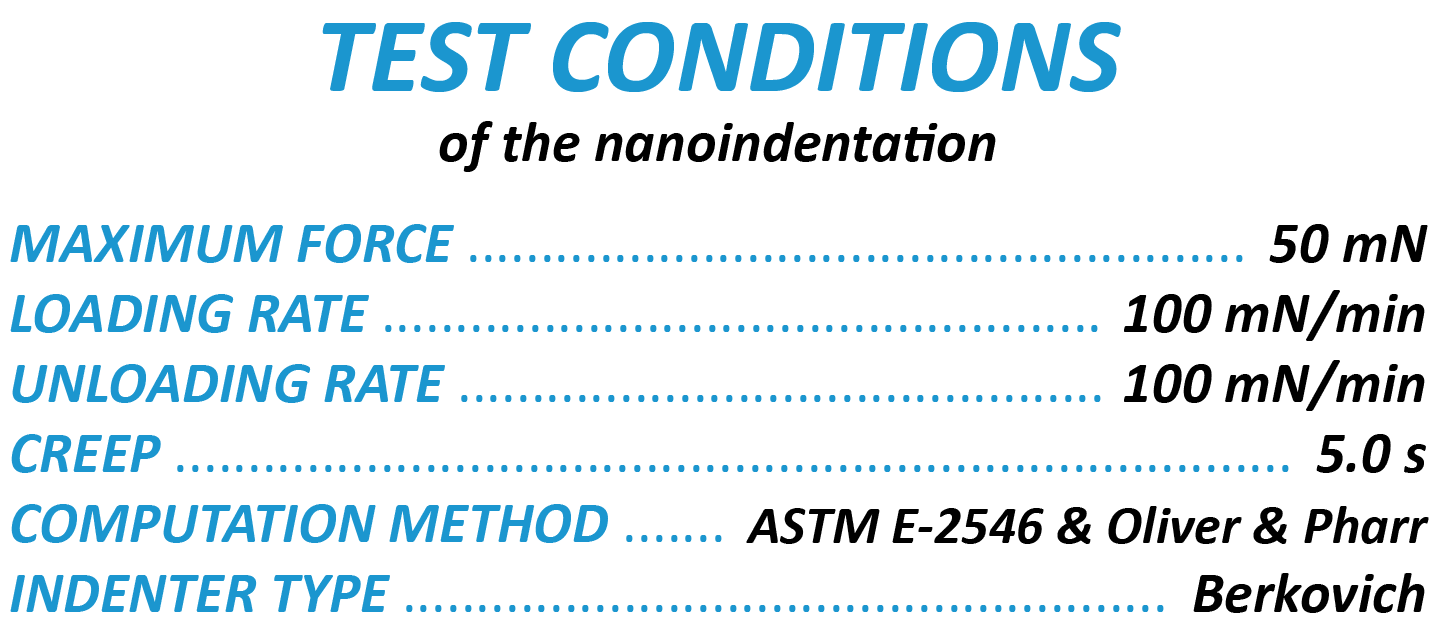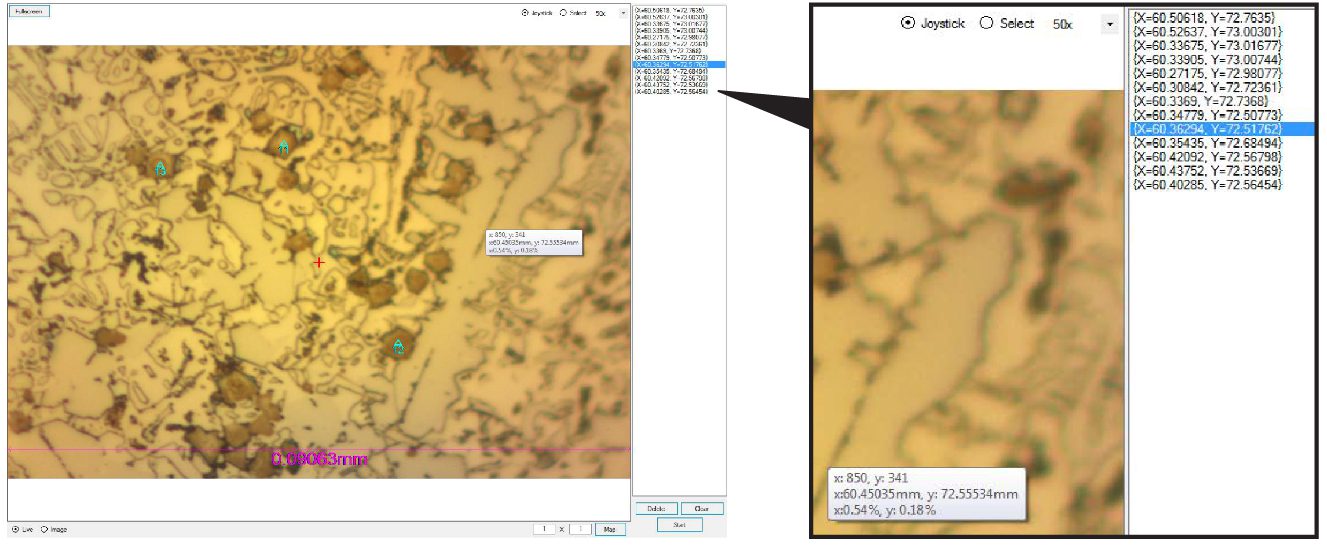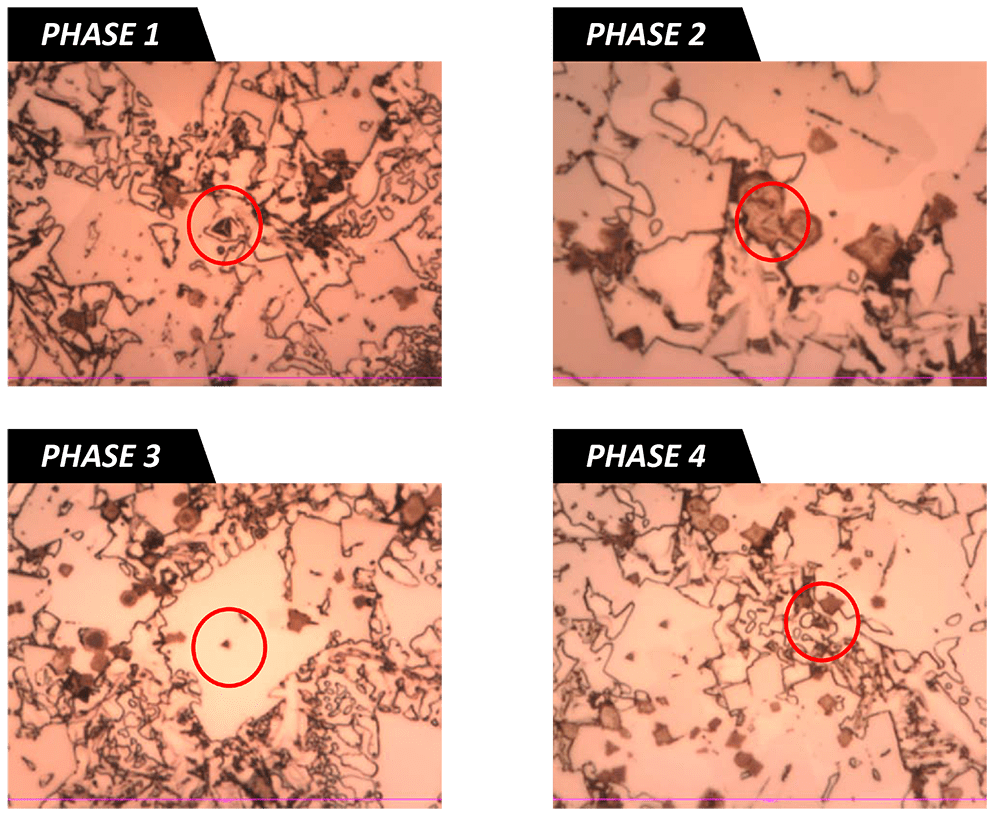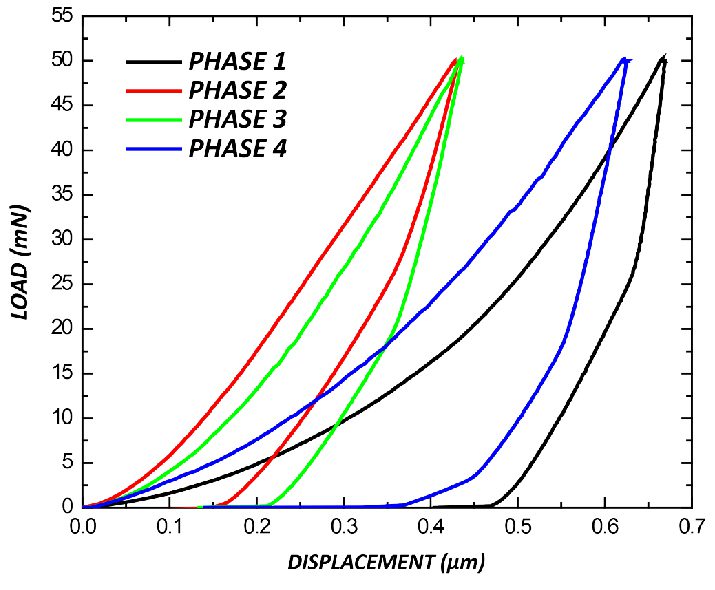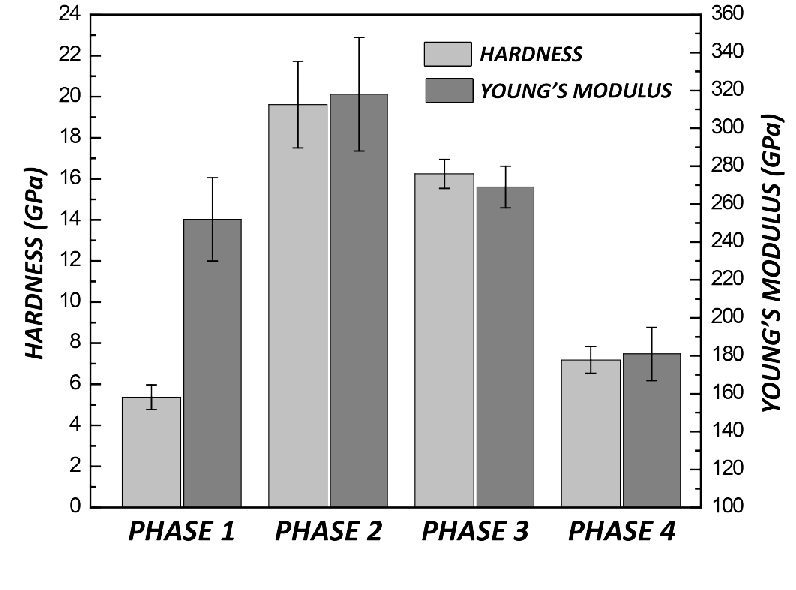INTRODUCTION
Metallurgy studies the physical and chemical behavior of metallic elements, as well as their intermetallic compounds and alloys. Metals that undergo working processes, such as casting, forging, rolling, extrusion and machining, experience changes in their phases, microstructure and texture. These changes result in varied physical properties including hardness, strength, toughness, ductility, and wear resistance of the material. Metallography is often applied to learn the formation mechanism of such specific phases, microstructure and texture.
IMPORTANCE OF LOCAL MECHANICAL PROPERTIES FOR MATERIALS DESIGN
Advanced materials often have multiple phases in a special microstructure and texture to achieve desired mechanical properties for target applications in industrial practice. Nanoindentation is widely applied to measure the mechanical behaviors of materials at small scales i ii. However, it is challenging and time-consuming to precisely select specific locations for indentation in a very small area. A reliable and user-friendly procedure of nanoindentation testing is in demand to determine the mechanical properties of different phases of a material with high precision and timely measurements.


